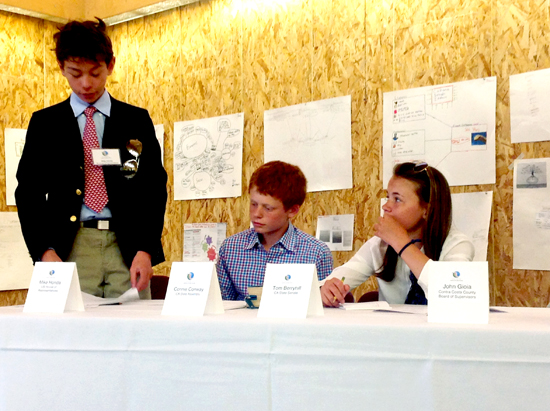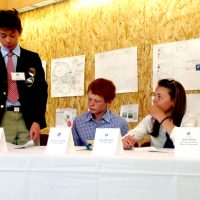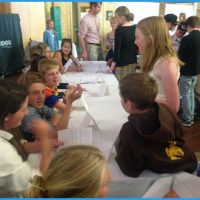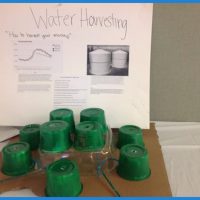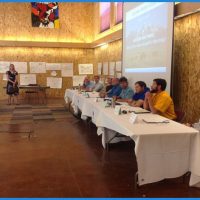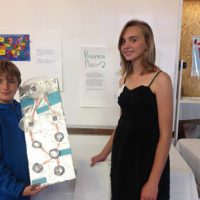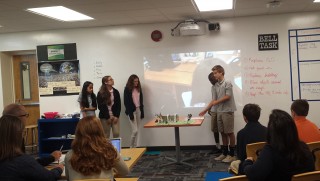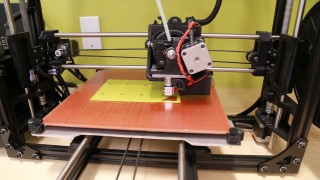When it comes to major environmental challenges, who solves our problems? Who stewards our resources? How does climate change impact me, and vice versa? What’s the role of government in fixing environmental, economic, and social problems?
These questions guided Journeys School sixth, seventh, and eighth graders as they embarked on “The California Drought Summit,” a semester-long interdisciplinary project that’s part of the school’s International Baccalaureate Middle Years Program (MYP). Students conducted studies in individual classes and synthesized their learning in groups, demonstrating that math can be used to analyze persuasive data; the design cycle can help solve regional problems; social studies can examine an issue through the lenses of economy, society, and environment; and science can help evaluate how water affects ecological systems. One solution involved a marketing campaign encouraging individuals and communities to develop ways to reduce water usage.
To conclude the Summit, a student panel evaluated and analyzed their classmates’ presentations, determined the best solutions, and presented their findings about the potential impacts of a drought in their community to a group of local representatives.
“It was cool to focus on a problem that was real for people,” says one eighth grader. “I enjoyed having a chance to design solutions that might impact me if our city ever fell into a drought.”
The MYP “encourages students to connect their studies in traditional subjects to the real world,” says Lead Middle School Faculty member Ethan Lobdell. “The Summit let students find purpose in their learning through the engagement of local, national, and global issues that required empathy for others’ experiences.”
